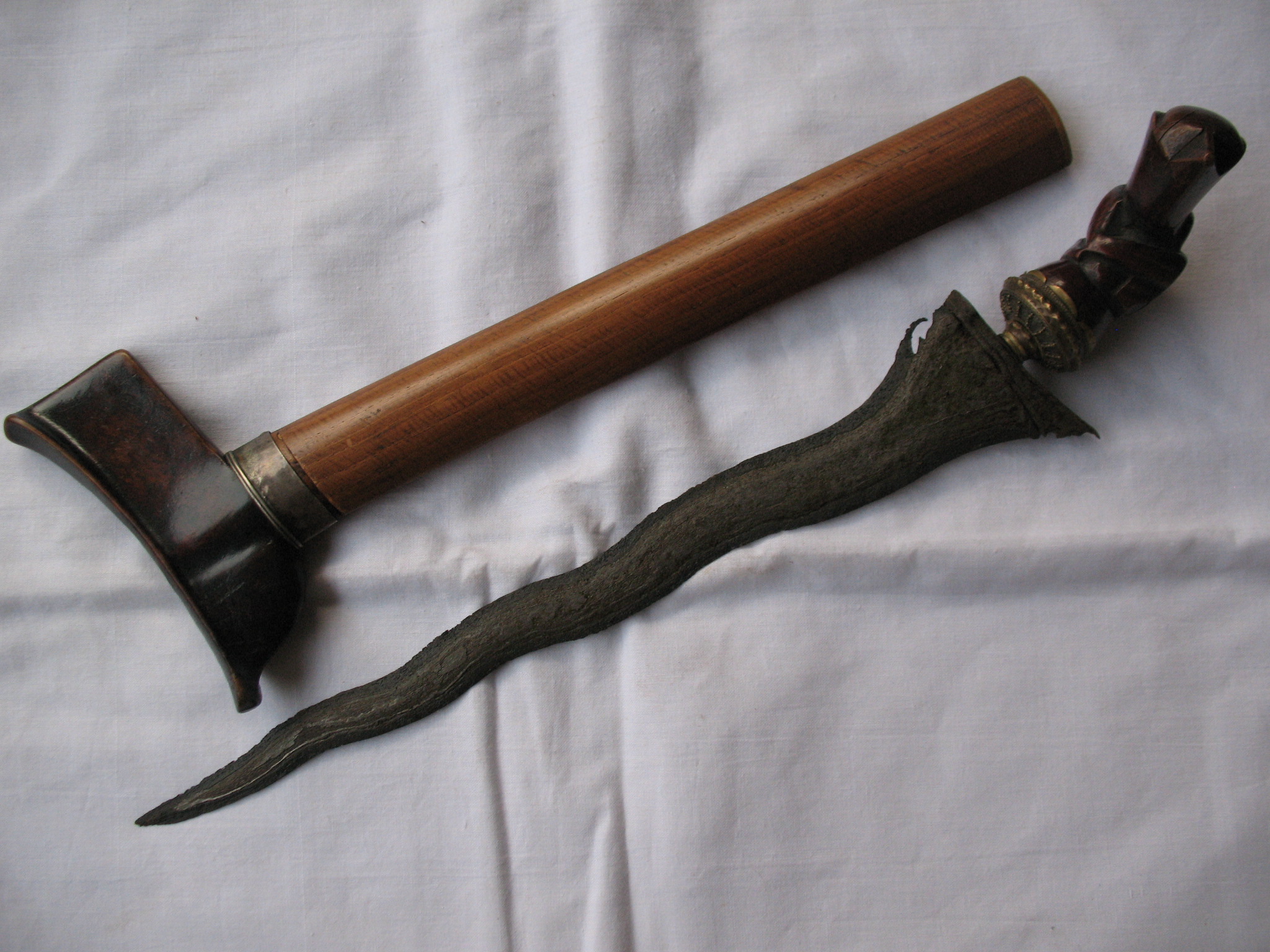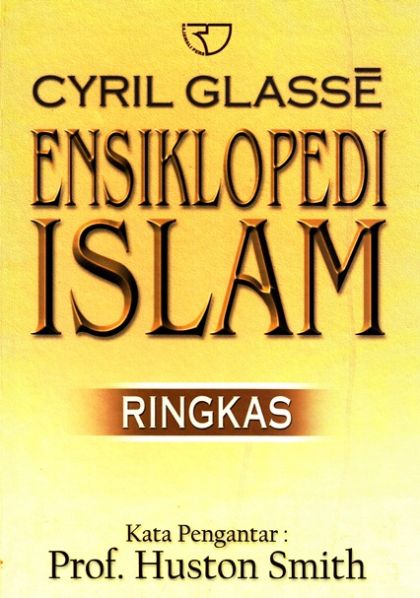
Ensiklopedi Keris Pdf Free
Keris and other malay pdf. Google's free service instantly translates words, phrases, and web pages between English and over 100. Create your free blog with Blogger. Indonesia - Wikipedia bahasa Indonesia, ensiklopedia bebas. However, because Ensiklopedi keris Penangsang is a mighty fighter that possess aji or kesaktian spiritual powerhe keep fighting with an open wounded stomach. The desperate ruler of Melaka kdris the minister so long as Hang Tuah could win him back the throne.
The kris consists of three parts; blade ( wilah), hilt ( hulu) and sheath ( warangka) Type Place of origin, Service history In service,,,,,,,,, present day Used by (mainly & originally) * Also familiar to,,,,,,,,, Wars,,,,,,,,,, Production history Produced disputed (?) to present Variants Specifications type Double edged or type, bone, horn, wooden or metals. Sometimes coated with or and decorated with / Wooden frame covered and decorated with ivory or metals (gold, silver, copper, iron, brass, or steel) This article contains letters from the.
Emergency $249 / yr 1 Website Initial Response Time within 4 hrs. 
Without proper, you may see instead of. The kris (ngoko: ꦏꦼꦫꦶꦱ꧀; krama inggil: ꦮꦁꦏꦶꦔꦤ꧀; ngoko: keris; krama; dhuwung; krama inggil: wangkingan, lit. 'to slice';: karih, and: sele, and: keris,: کريس,: กริช krit,: kalis) is an asymmetrical dagger with distinctive blade-patterning achieved through alternating laminations of iron and nickelous iron ( pamor). Kris is most strongly associated with the. The kris is famous for its distinctive wavy blade, although many have straight blades as well. Kris have been produced in many regions of for centuries, but nowhere—although the island of comes close—is the kris so embedded in a mutually-connected whole of ritual prescriptions and acts, ceremonies, mythical backgrounds and epic poetry as in.
As a result, in Indonesia the kris is commonly associated with, although other ethnicities are familiar with the weapon as part of their culture, such as the,,,,,,. A kris can be divided into three parts: blade ( bilah or wilah), hilt ( hulu), and sheath ( warangka). These parts of the kris are objects of art, often carved in meticulous detail and made from various materials: metal, precious or rare types of wood, or gold or ivory. A kris's aesthetic value covers the dhapur (the form and design of the blade, with around 60 variants), the pamor (the pattern of metal alloy decoration on the blade, with around 250 variants), and tangguh referring to the age and origin of a kris. Depending on the quality and historical value of the kris, it can fetch thousands of dollars or more.
Both a weapon and spiritual object, kris are often considered to have an essence or presence, considered to possess magical powers, with some blades possessing good luck and others possessing bad. Kris are used for display, as with magical powers, weapons, a sanctified heirloom ( ), auxiliary equipment for court soldiers, an accessory for ceremonial dress, an indicator of social status, a symbol of heroism, etc. Legendary kris that possess supernatural power and extraordinary ability were mentioned in traditional folktales, such as those of Empu Gandring,, and Setan Kober. In 2005, gave the title to the kris of. Contents • • • • • • • • • • • • • • • • • • • • • Etymology [ ] The word kris derives from the term ngiris (: ꦔꦶꦫꦶꦱ꧀) which means to slice, wedge or sliver. 'Kris' is the more frequently used spelling in the, but 'keris' is more popular in the dagger's native lands, as exemplified by the late Bambang Harsrinuksmo's popular book entitled Ensiklopedi Keris (Kris Encyclopedia).

Two notable exceptions are the where it is usually called or kris (although the Filipino is a sword, rather than a dagger), and where it is always spelled kris and pronounced either as kris or krit. In the dialect the word is kareh. Other spellings used by colonists include 'cryse', 'crise', 'criss', 'kriss' and 'creese'. History [ ] Origin [ ]. Kris blacksmith's workshop depicted in 15th century. However, ' (1817) study of the states that the kris recognized today came into existence around 1361 AD in the kingdom of,. The scene in bas relief of Sukuh Temple in, dated from 15th century Majapahit era, shows the workshop of a Javanese keris blacksmith.